In recent years, the Central Highlands has formed many concentrated specialized areas with many varieties of crops and livestock selected, tested and introduced.
As a potential market for raw materials for agricultural and food processing, some provinces in the region have a large area of high-tech agriculture compared to the whole country with many high-value product brands.
However, according to experts, facing global challenges such as climate change, resource degradation, environmental pollution, urbanization pressure, etc., it is necessary to transform the development model towards low emissions, resource saving, use of renewable energy associated with circular economy , harmonious development of three pillars: Economy - Society - Environment. Merging provinces, adding many advantages is also a golden opportunity to form growth poles with large enough scale, strong enough driving force and wide enough influence, contributing to leading the green economic trend and sustainable development for the Central Highlands region.
Resolution No. 57-NQ/TW dated December 22, 2024 of the Politburo on breakthroughs in science, technology, innovation and national digital transformation, in which green economy is one of the key strategic orientations of the country, affirms: Green growth is an important content of sustainable development, ensuring fast, effective and sustainable economic development and making an important contribution to the implementation of the National Strategy on Climate Change. In particular, three tasks are clearly stated in the strategy including: Reducing the intensity of greenhouse gas emissions and promoting the use of clean energy and renewable energy; greening production, economic development; greening lifestyle and promoting sustainable consumption... From national orientations, the Central Highlands provinces need to focus on "greening" key economic sectors such as: Developing agriculture towards high technology, ecology, circular economy, and emission reduction; Developing eco-tourism and community tourism associated with nature and ethnic culture; developing clean, environmentally friendly energy; developing agricultural, food, and medicinal processing industries and low-emission, highly efficient industries.
Up to now, the above-mentioned goals and orientations are being concretized into actions, policies and development programs at all levels, sectors, communities and people. However, authorities at all levels, experts and scientists need to clarify the advantages, difficulties, bottlenecks and propose solutions to strengthen the connection between the research sector and the development of the science and technology market. At the same time, the State needs to have policy mechanisms to support enterprises in searching and innovating technology, improving the efficiency of technology transfer, shortening the gap between the research sector and production reality, further strengthening the bridge between enterprises and researchers in this field...
Source: https://baolamdong.vn/thuc-day-kinh-te-xanh-va-phat-trien-ben-vung-394281.html




![[Photo] Binh Trieu 1 Bridge has been completed, raised by 1.1m, and will open to traffic at the end of November.](https://vphoto.vietnam.vn/thumb/1200x675/vietnam/resource/IMAGE/2025/10/2/a6549e2a3b5848a1ba76a1ded6141fae)




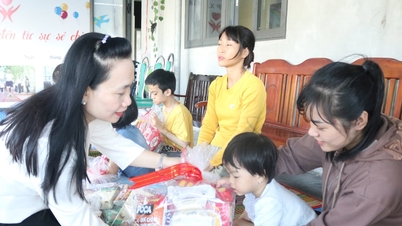

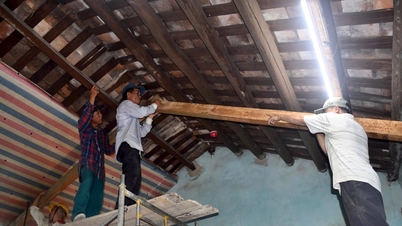
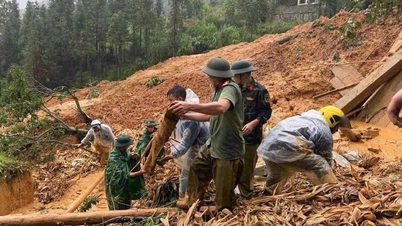

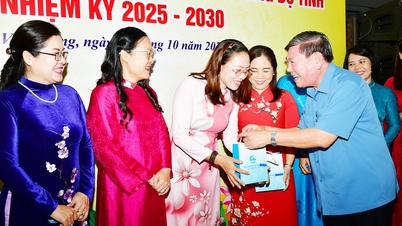






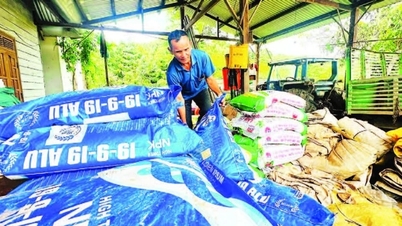


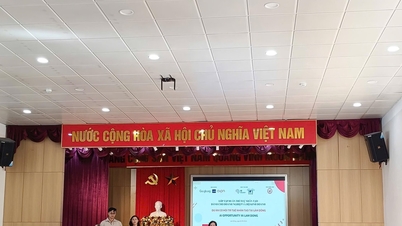
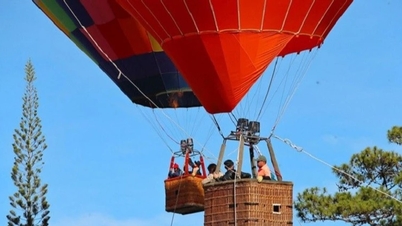



































































Comment (0)